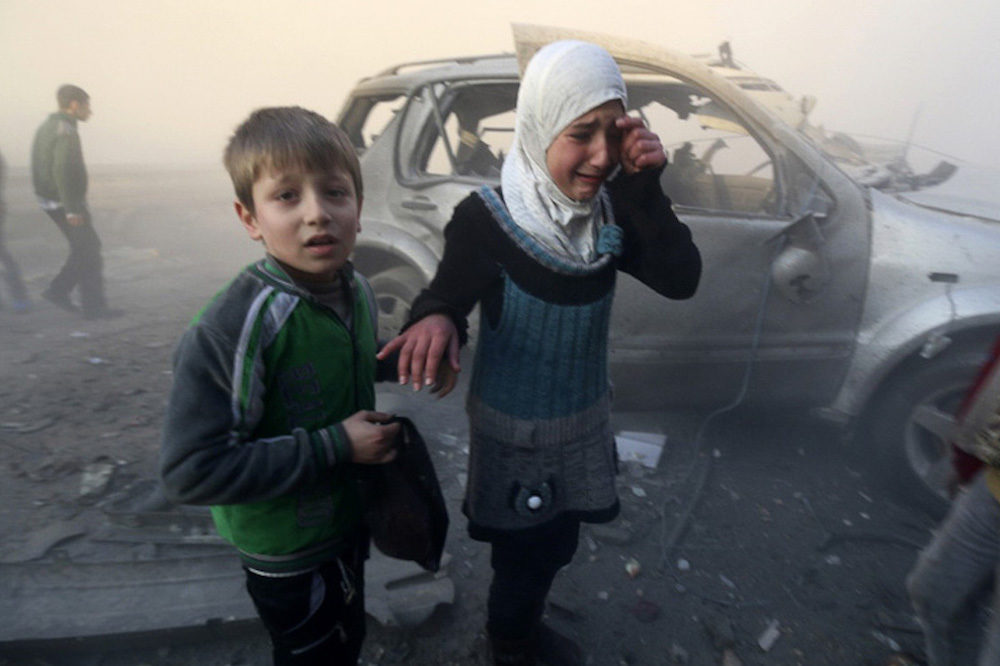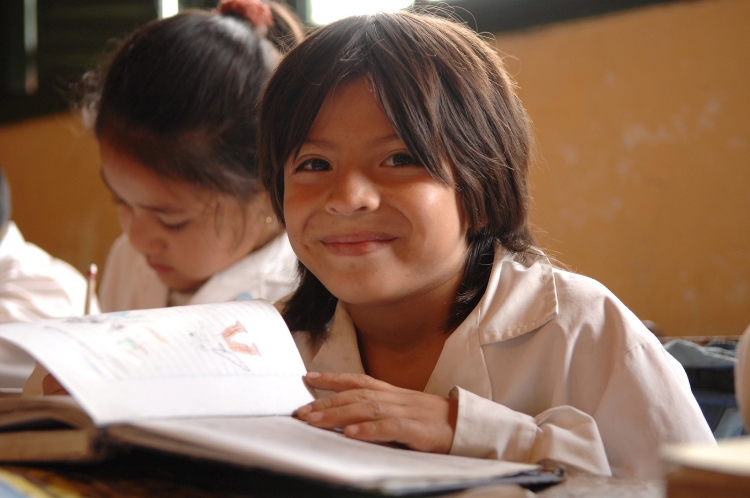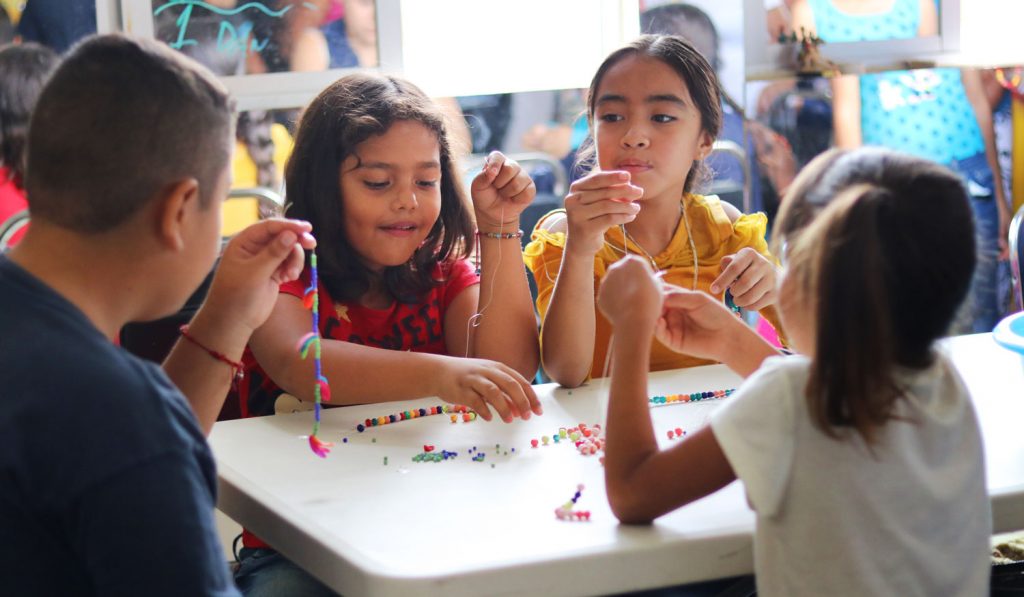Learning to read is a milestone in every child’s life. Those of us who are parents, teachers, and older siblings, can fondly remember the first time your daughter, student or brother was able to read a sentence and how proud and happy that made you feel. Reading is a foundational skill. It is a precondition for active participation in society – a gateway to all other learning outcomes. It is also associated with the mastery of other cognitive domains like science, math and humanities. Finally, it is critical to acquire the skills of creative thinking and computational skills, allowing the expression and communication of ideas across time and space. Most of us reading this, in this very moment, take reading for granted. Yet, if you think about it for a bit, you might realize that reading is not that easy. You are now distinguishing drops of ink (or pixels) organized as a character associated with a sound, which combined with others make a word. Our brain then processes words through grammar rules to form sentences, whose meaning depends on context. When you read: “Sam said to his friend: Let’s hit the road!”, you understand that he wanted to get into the car and start a trip, not that he wanted to smash the pavement with a hammer. Reading, and understanding the ideas transmitted by what you are reading, is a complex task. Yet, children can learn it. As a matter of fact, all children can learn to read. Even in languages with more complex rules. For instance, Spanish is easier than English, as there is a one to one correspondence from sound to character: the sound f is always captured in the letter “f”, and only in the letter “f”; but in English it is captured in the letter “f” as in “fish” or in combination “gh” as in “enough”; but not always because “gh” does not sounds like f in the word “ghost”. Yet we expect that by the end of primary school, kids will be able to read fluently, at certain level of complexity and speed, and understand what they are reading. Is that happening? Let’s set a relatively low bar and argue that all children should be able to read and understand a simple text by age 10. Using international and national assessments, in joint effort with UNESCO, we have assessed how many children cannot pass this relatively low bar in each country. In Ireland, that number is 2%. In Finland 3%; in Singapore 3%; in Portugal 6%. Reading is almost universal for young children in these countries, as in many other rich countries. On average, in rich countries only 9% of children cannot read a text by age 10. But that is where the good news ends. In the developing world, in all low- and middle-income countries, more than half of children cannot read and understand a simple text by age 10. We call that the rate of “learning poverty”. More precisely, on average learning poverty in these countries is 53%. In poor countries alone, that share increases to an astonishing 89%. Learning poverty is distributed extremely unequally – the XXI century co-exists with the XIX century. This high level of learning poverty is a simple and direct way to understand the learning crisis that we are living in, which the World Bank first acknowledged in the 2018 World Development Report. Children who do not master reading skills by their 10th birthday will find it difficult to catch up and are not likely to continue learning in higher school levels or even stay in school for long. All other educational outcomes are at risk, their life prospects are at risk. A skill that many of us take for granted is in fact a privilege that is denied to millions of children across the world. Learning poverty is morally and economically unacceptable. Morally unacceptable, because millions of children are being left unable to participate in an economy that is becoming more prosperous and wealthy. We have the technology to provide basic education services and globally, the resources are available, yet that prosperity is not being shared. And it is economically unacceptable, because even if we care only about competitiveness and growth, if human capital is not accumulated, it is impossible for a country to thrive in the global economy. World Bank research shows that in rich countries, 70% of wealth is derived from accumulated human capital. In poorer countries, it is only 40%. Eliminating learning poverty is as urgent as eliminating extreme poverty, stunting or hunger. The international development community and most countries have agreed to a series of targets on education. The Sustainable Development Goal (SDG) 4 aspires to “ensuring free, equitable and quality primary and secondary education for all” by 2030, among many other educational outcomes. Are we on the right track to achieve at least quality primary education for all? Well, no. With quality primary education, all children would learn to read; learning poverty would tend to zero. However, under a “business as usual” scenario – that is, if progress continues at the rate achieved during 2000-2015 – by 2030 learning poverty will fall only to 43%. The high levels of learning poverty, and the slow rate of improvement are an early warning that most educational targets included in the SDG 4 are at risk of not being fulfilled. Eliminating learning poverty for all children by 2030 will require improvements at a rate and scale that is unprecedented. This doesn’t mean we should stop striving for this goal. Focusing on eliminating learning poverty will require that all actors in the educational system (teachers, principals, the local and central bureaucracies, ministers, and many others) internalize that the purpose of the job they hold is to make sure each and every child learns. And governments and societies have to put the financial and political commitments needed, and the necessary human resources to assure a quality education for all children. They all deserve the joy of reading. They



